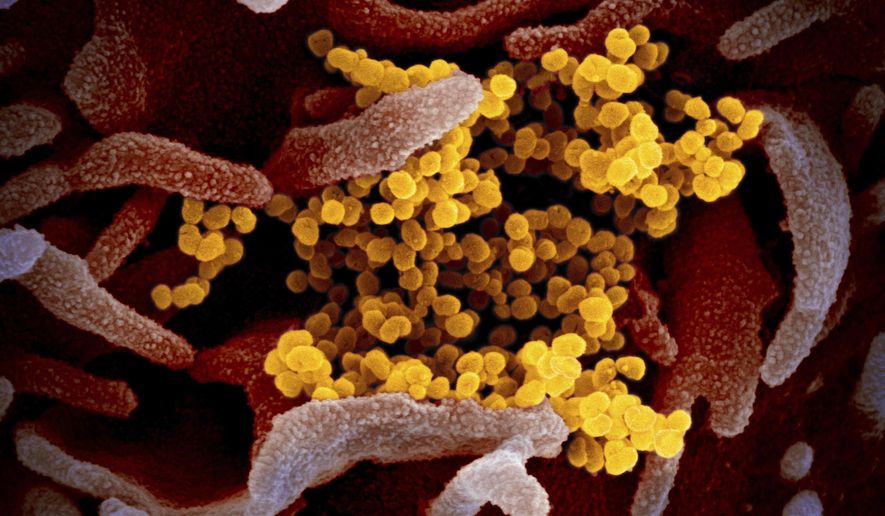One federal prison saw more than 1,000 inmates test positive for the coronavirus, exposing serious holes in the Bureau of Prisons’ operations during the pandemic, according to a new inspector general’s report that found employees coming to work with symptoms and not bothering to test or isolate an inmate who reported symptoms in March.
But the experience at Federal Corrections Center Lompoc, in California, was not universal.The federal prison in Tucson, Arizona, saw no inmates test positive during the inspection period.
One difference was how quickly each facility moved to impose strict conditions.
Lompoc, which had a shortage of both medical and corrections employees, delayed imposing restrictions on their movements at the beginning of the pandemic and was lax about reports of people — staffers and inmates — with symptoms, investigators said.
As of May 11, more than 75% of inmates tested were shown to have the disease, and of the staffers tested, 60% were positive.In Tucson, though, the facility changed operations on March 17 and imposed a shelter-in-place policy on April 1.
It also had empty housing units it could use for quarantine and isolation and began a mandatory quarantine for incoming inmates.The inspector general conducted its investigation remotely.
The situation has since improved for the inmates. Lompoc reported eight active cases as of mid-July, with a total of four deaths because of the disease since the start of the outbreak. Tucson had no active cases and has not recorded any COVID-19 deaths.California, where Lompoc is based, was also one of the worst early states for the disease.
By contrast, Arizona has become one of the recent hotspots, and that has showed up in the staff infection rate, which was at zero for all of May and most of June, but rose to eight infections by July 13.
The Bureau of Prisons, in a statement, said it self-identified and corrected most of the issues flagged, such as deploying more staff to Lompoc after the initial outbreak.
And the bureau said it’s been following CDC guidelines throughout — which, in the early stages of the pandemic, actually recommended against using face coverings.
As for the inmate whose COVID-19 infections was initially missed, the bureau said the symptoms appeared to be a gall bladder issue, which at the time was not known to be a coronavirus symptom.
“These findings must be placed in context, as these were unique circumstances where the BOP, along with the rest of the country, was learning about how to treat and manage this novel virus,” the bureau said.
Group housing situations such as nursing homes and prisons, where new residents are coming in frequently from the outside and where social distancing is difficult, have been at the center of the coronavirus debate.
Activists have pushed for broad releases of inmates, and some local jurisdictions have limited the offenses for which they will pursue charges, saying they want to limit the influx of people.
Courts have been roped into the debate, with activists winning cases forcing release of some individuals.
In Tucson, the prison released 25 inmates to home confinement, and 14 others were in the pipeline for release. Sixteen others were considered but denied because they were deemed ineligible or didn’t have a viable release plan that would assure officers they would be confined.
At Lompoc, officials moved more slowly on home confinement decisions, the audit found. The prison said it was having trouble getting agreement with the residential release facility about many of the inmates who were eligible.
The Bureau of Prisons said it has tried to speed up home confinement decisions in light of the inspector general’s findings.
• Stephen Dinan can be reached at sdinan@washingtontimes.com.




Please read our comment policy before commenting.